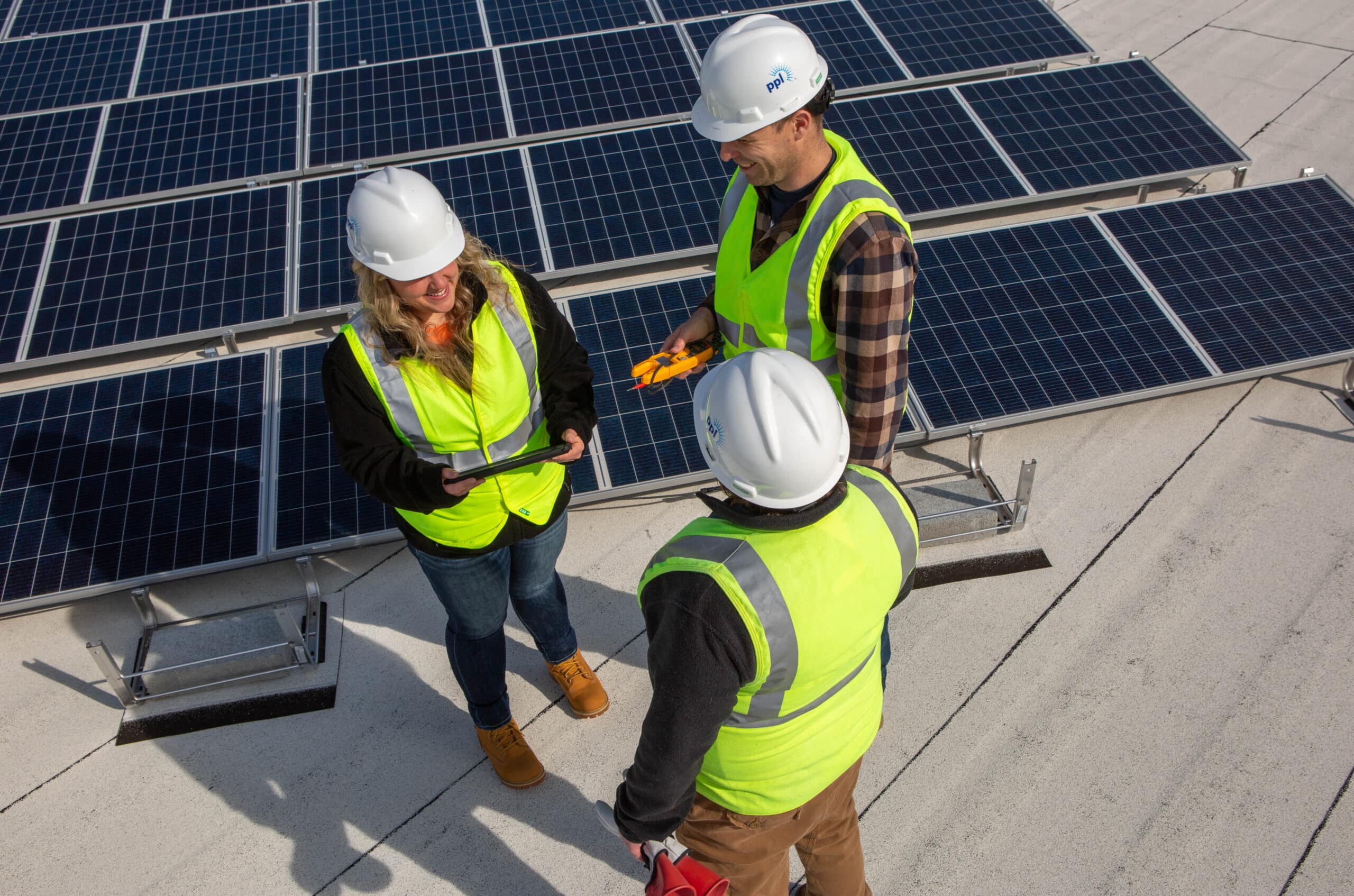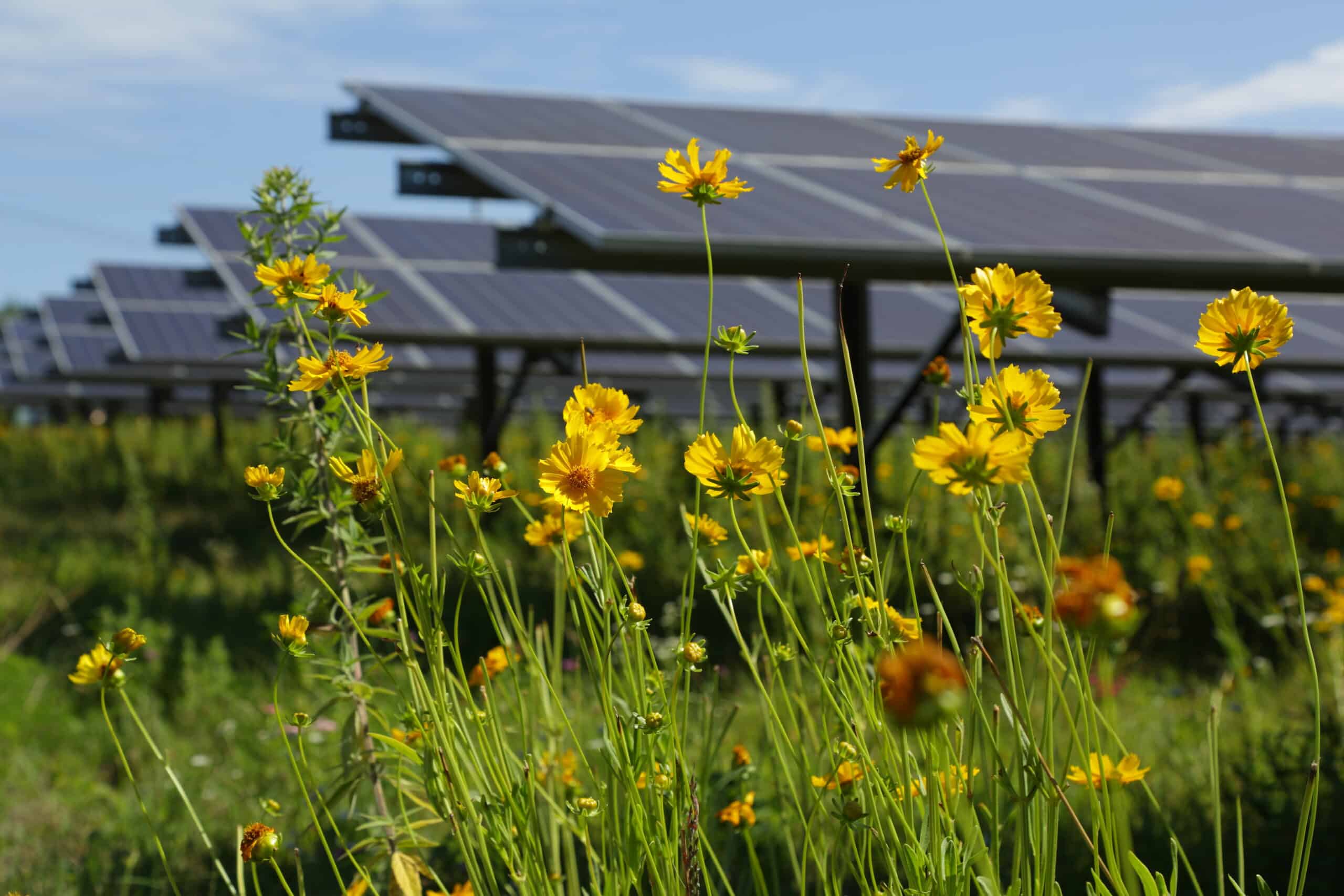By: Christine Martin, president – PPL Electric Utilities
The clean energy transition is happening. No longer is it a question of if it will happen, but how it will happen. Today, we are in the midst of a global energy transformation that is fundamentally reshaping the way we think about, produce, deliver and use energy.
The energy industry is a critical piece in the overall puzzle to decarbonizing the economy, and the U.S. utility sector continues to make progress on reducing overall carbon emissions. According to the Edison Electric Institute, as of 2021, the electric power industry had reduced carbon emissions 36% below 2005 levels. Furthermore, today, 40% of all U.S. electricity comes from carbon-free sources. PPL is united in this commitment to continue reducing carbon emissions in our sector and to helping other sectors transition to clean, efficient energy as well.
And as we continue to advance the changes necessary to achieve net-zero, the need for safe, reliable and affordable power will forever remain an absolute. We have seen the impacts of global crises, extreme weather and supply chain pressures on energy prices and availability as it creates significant challenges for millions of families and business that we serve. And it is a constant reminder of the importance of affordability and continued investments in resiliency of their energy grid.
So, our number one challenge as utility operators remains: How do we deliver the clean energy transition as quickly as possible while maintaining affordability and reliability?
What it takes: reshaping our energy future
The global energy transformation requires that we reshape how we think about energy today, tomorrow and years into the future. While no one can predict the future, we know we have to be nimble in thought and flexible in action to meet the changing socio-economic dynamics impacting the clean energy transition.
Achieving deep decarbonization will require, among many things, significant investments in clean energy resources and innovation to bridge the net-zero gap; grid modernization that enables efficient electrification, with smart delivery platforms that balance two-way flows of power to orchestrate an increasingly complex system; significant new transmission to connect renewables and enhance grid resilience; and digital transformation to improve operational efficiency and keep energy affordable.
We are well-positioned to lead this transition, with a proactive clean energy strategy and track record of innovation and operational excellence. At the core is a clear path to achieve net-zero greenhouse gas emissions by 2050, with interim targets of an 80% reduction by 2040 and 70% reduction by 2035 and a commitment not to burn unabated coal by 2050. And, we have linked our goals to executive compensation, including adoption of short-term, 2030 targets for building energy use and electrification of fleet vehicles.
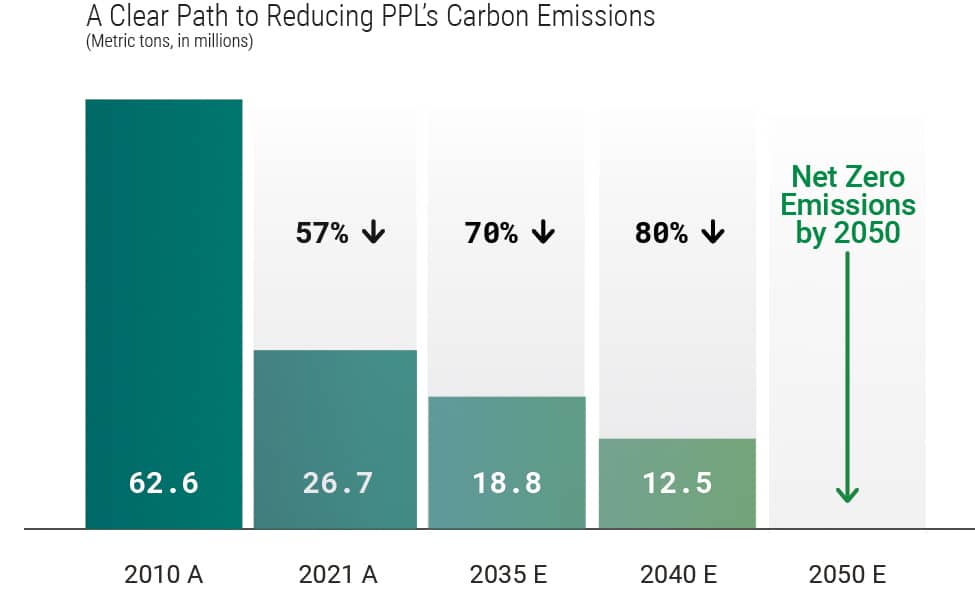
We’re already well on our way. Since 2010, we’ve already reduced our carbon emissions nearly 60% and we’re on track to meet our interim emissions reduction targets.
How we get to net-zero: leveraging tech, automation, data and AI
With our eye toward enabling electrification and decarbonization of the economy, we are reshaping energy delivery by creating a flexible, two-way grid that accommodates large-scale connection of distributed energy resources such as solar and wind and increased electrification of the economy and transportation while increasing reliability for customers.
We’ve had significant success in leveraging advanced technology to deliver better outcomes at a lower cost for our customers – and we have only just scratched the surface.
In Pennsylvania, we’ve developed arguably the nation’s most advanced smart grid and distributed energy resource management system that’s ready to accommodate renewable energy safely, reliably and cost-effectively. The thousands of smart devices we’ve installed since 2015 in Pennsylvania have prevented more than 1.2 million customer outages. While we have achieved better reliability, we have also achieved superior customer satisfaction ratings and consistently have rates that are below the mid-Atlantic regional average.
In addition, we developed and installed a system that effectively manages distributed energy resources, known as DERMS. The system is capable of remotely managing the two-way power flow caused by customer and third-party owned solar, wind and batteries, which has become critically important to operate our electric grid effectively and safely. Our DERMS model also enables us to respond to customer and developer requests to connect new distributed energy resources within 24 hours 90% of the time. In turn, this results in less need for costly network upgrades to accommodate more renewable power on the grid, which results in direct savings for our customers.
We have tremendous potential to leverage advanced technology, automation, data science and artificial intelligence to work smarter, optimize asset management and investment planning, and ensure that every dollar we spend is purpose-driven and aligned with what matters most to our customers. We’re excited to replicate our Pennsylvania playbook in Kentucky and Rhode Island as we deliver the clean energy future and provide an exceptional customer experience at an affordable price.
Decarbonizing generation and natural gas delivery: a critical component to reducing emissions
Decarbonizing our generation fleet in Kentucky represents an opportunity to reduce PPL’s carbon emissions while continuing to provide reliable and affordable power to our customers. Approximately 65% of our 7,500 MW generation fleet is coal-fired due to the locational advantages and historically low cost.
Despite being a relatively small portion of PPL’s total assets, the Kentucky generation fleet’s high carbon intensity drives almost all of PPL’s direct carbon emissions. That’s why we have also committed to stop burning unabated coal by 2050, meaning we will not burn coal beyond that date unless it can be mitigated with carbon dioxide removal technologies.
Under our current plan, we’ll retire 2,000 MW of coal by 2035, including at least 1,000 MW by 2028. We are assessing replacement generation, including non-emitting resources and cleaner generation options. We are constantly evaluating supply options and technologies that will best deliver value for our customers over the long-term, while maintaining secure, reliable, least-cost energy.
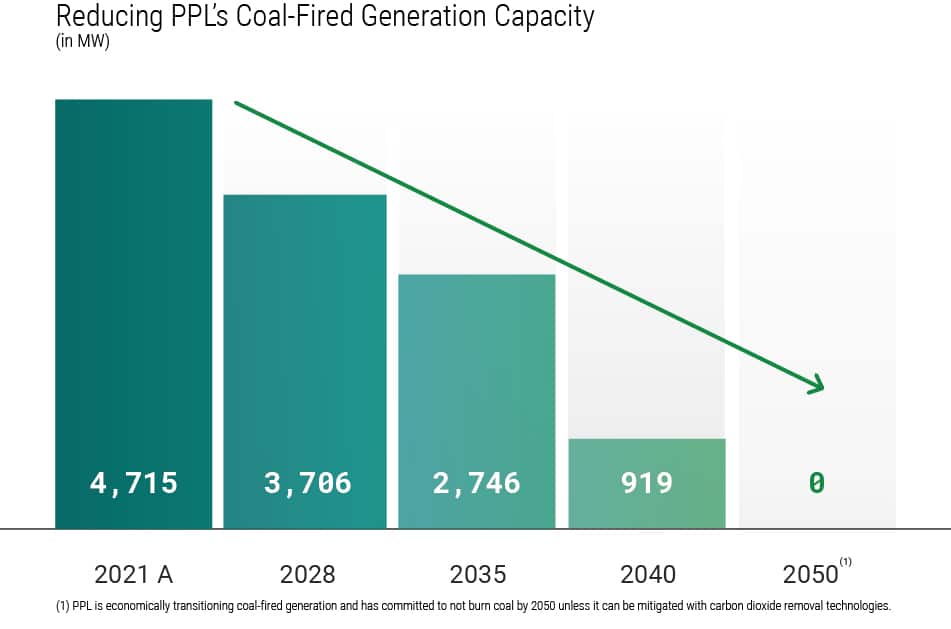
As we move toward net zero, we will need to consider multiple energy options. We are continuing to proactively invest in research and development and innovative technologies that will accelerate the clean energy transition, including offering renewable programs to support our customers’ needs. Our green tariff program currently supports construction of about 250 MW of new solar power in Kentucky and community solar.
We also know that natural gas generation and delivery infrastructure will continue to play a role in the energy transition. Through future research and development into hydrogen, biofuels and carbon capture, we are taking a long-term view of the role of gas infrastructure in a net-zero carbon future.
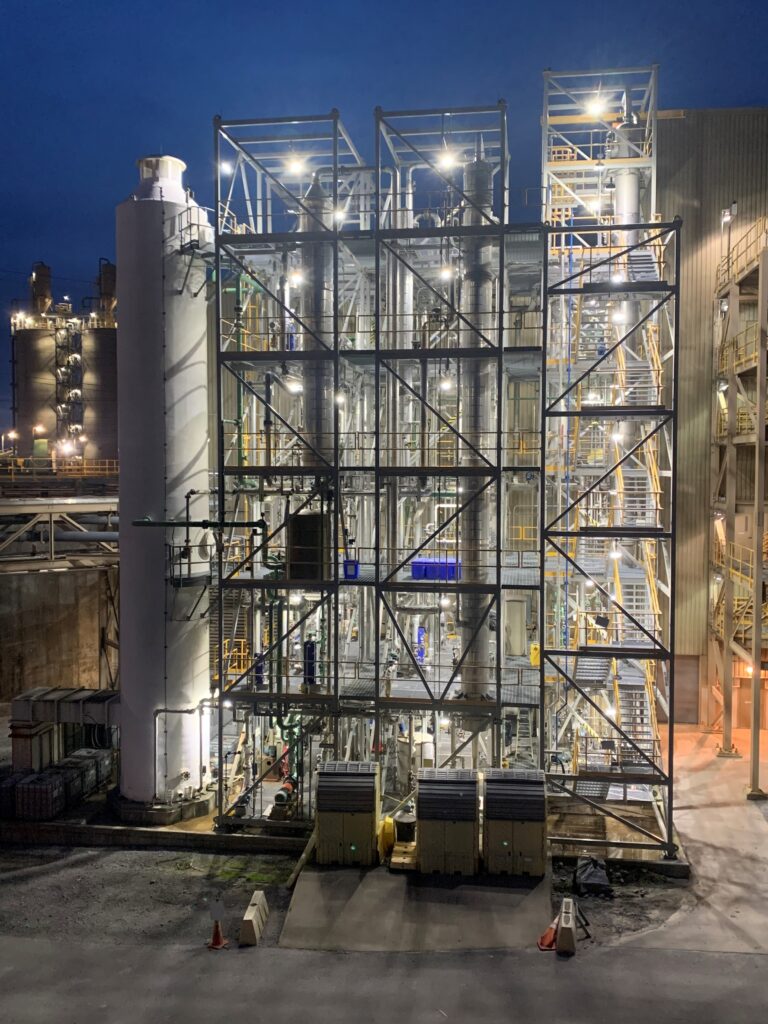
We have joined hydrogen hub initiatives in New England and Kentucky. And, in partnership with the Electric Power Research Institute and the University of Kentucky, our Cane Run gas plant in Kentucky was recently selected by the Department of Energy full-scale carbon capture feasibility study. And with our existing carbon capture site – where we also partnered with EPRI – our joint research and development team has simulated net negative emissions from natural gas by capturing carbon from both the flue gas and carbon from the ambient air.
Going further faster: a collaborative approach to innovation
We understand that going even further faster to address climate change requires new ideas. That’s why we are investing in technology development and industry partnerships.
To complement our clean energy strategy, we’ve identified several research and development priorities, including carbon capture and sequestration, low-carbon fuels, DER solutions, and digital technology to support a dynamic and resilient grid.
We continue to partner with key industry groups to unlock and accelerate clean energy innovation.
This past year, we joined the National Electric Highway Coalition to support the development of a seamless network of rapid electric vehicle charging stations connecting major highway systems; invested in Energy Impact Partners to accelerate the shift to a low-carbon future and drive commercial-scale solutions needed to deliver deep, economywide decarbonization; and sponsored intensive and focused research and development in clean energy technologies that are necessary for economywide decarbonization.
We believe this innovation will be a catalyst for change at PPL and elsewhere, and that’s why our dedication to organizations such as EPRI and Energy Impact Partners is so important.
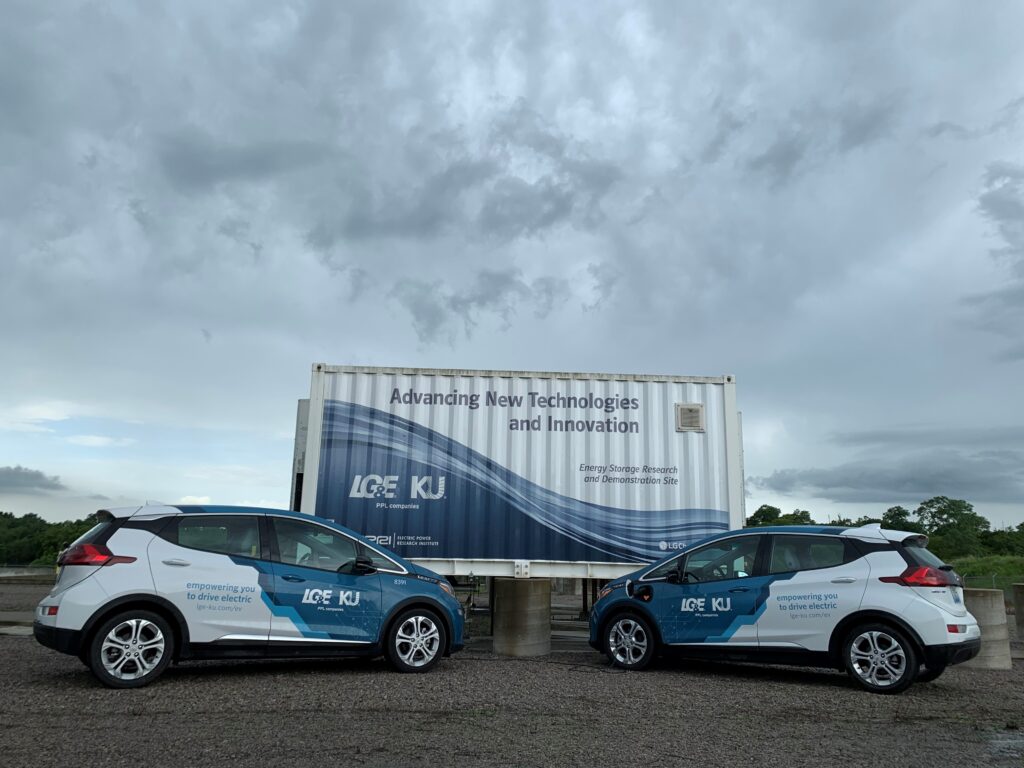
Guiding our path forward
Achieving net-zero carbon emissions across PPL’s operations will require continued innovation, commitment and collaboration. We believe our proven ability to be best-in-class, efficient operators along with our flexibility to respond to changing socio and economic dynamics positions us well to achieve this objective.
Earlier this year, PPL published its second climate assessment report detailing how a changing climate could impact our customers, our company and our communities. The report evaluates potential future emissions under multiple scenarios and outlines our strategy and goals to enable a responsible transition to a cleaner energy future.
As we work to integrate distributed energy resources; site, build and maintain more resilient and reliable infrastructure, such as transmission lines; support research and development of clean energy technologies; and retire aging power plants, we are helping to ensure a balanced and responsible clean energy transition.
I’m proud of the progress we’ve made so far and excited about the transformation of our company and industry as we continue on this journey together.
Learn more about PPL’s climate strategy and clean energy transition.
Christine Martin is president of PPL Electric Utilities and the former vice president of public affairs and chief sustainability officer for PPL. Read more about Ms. Martin on PPL’s Leadership page.
